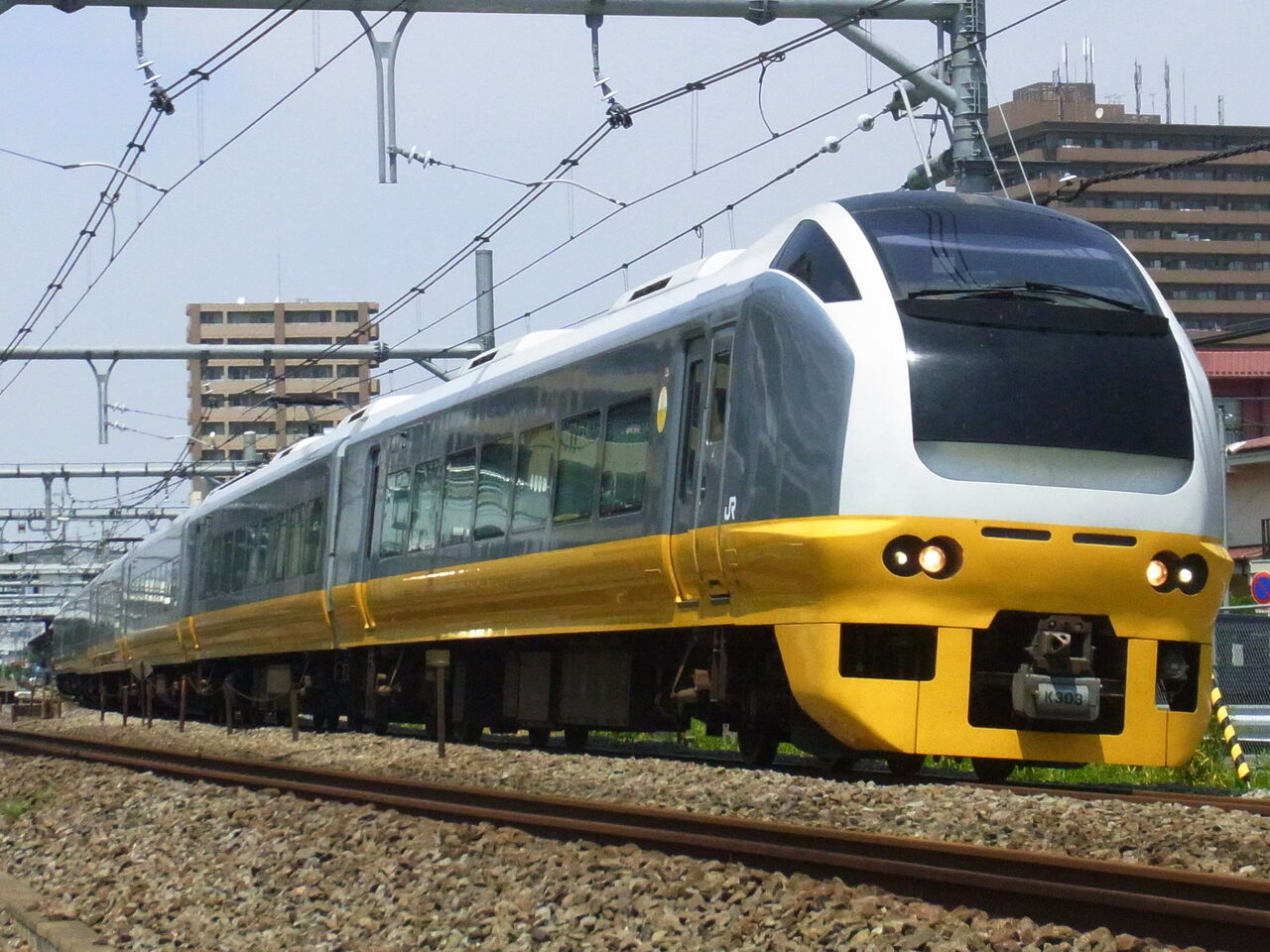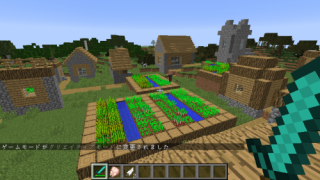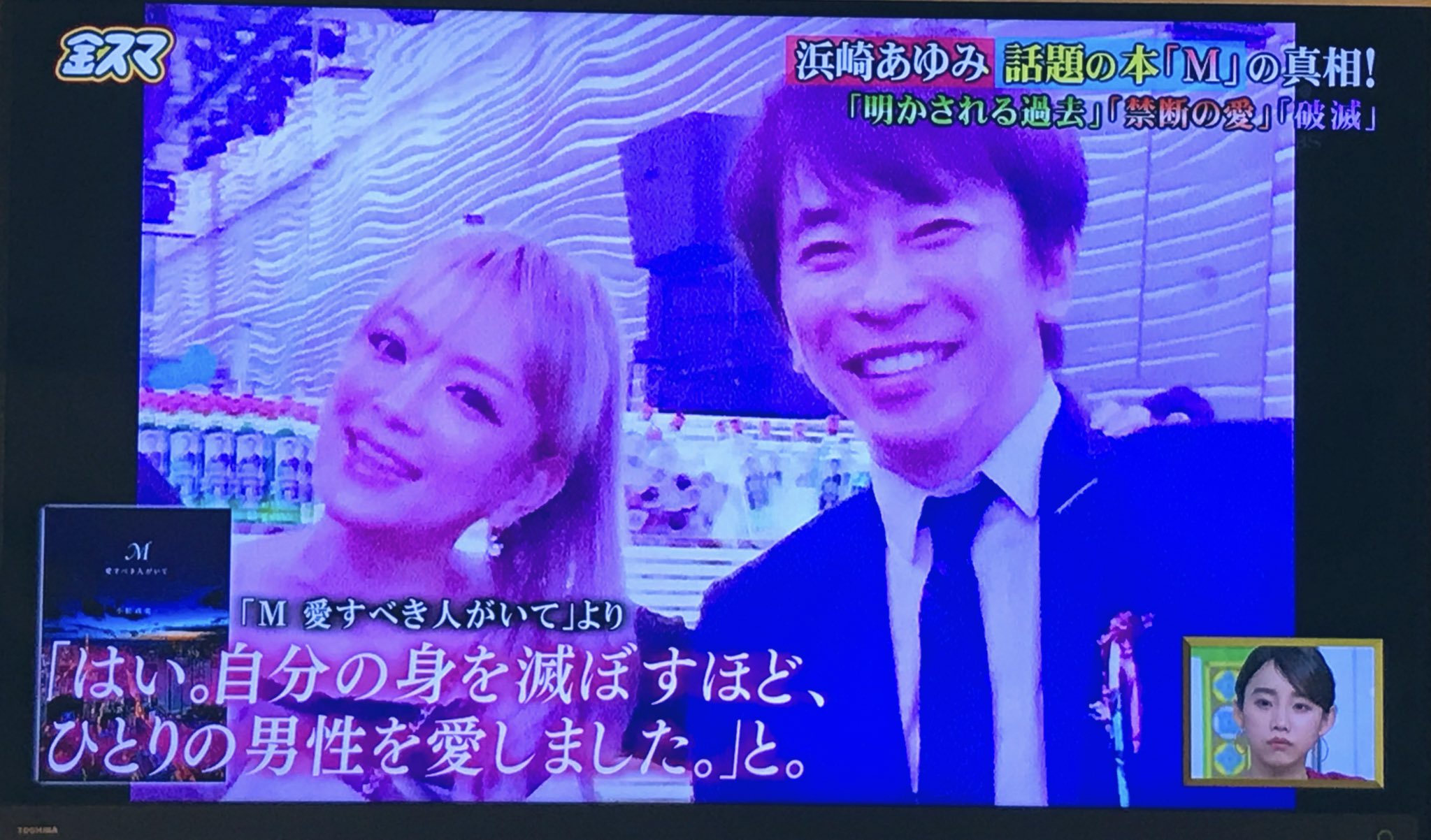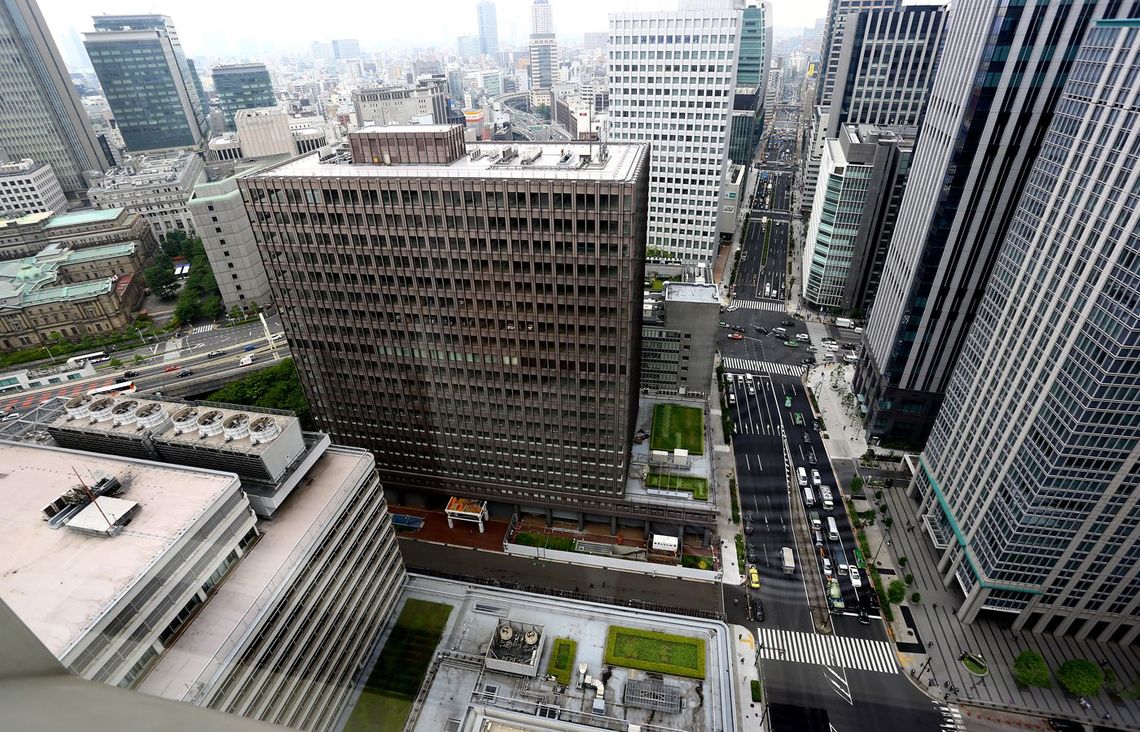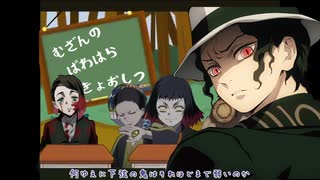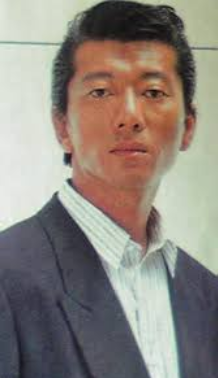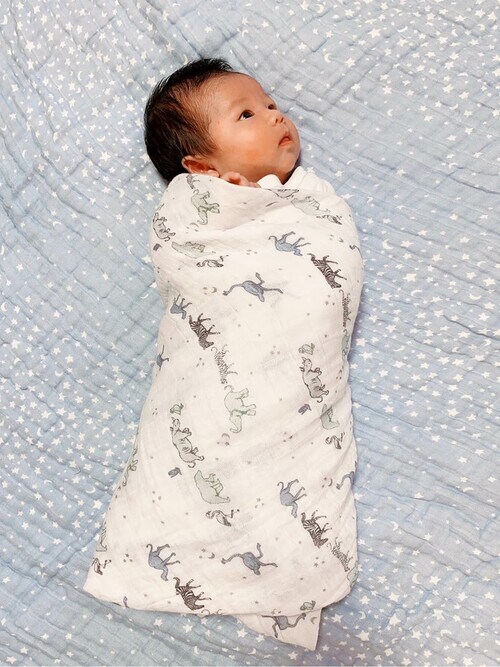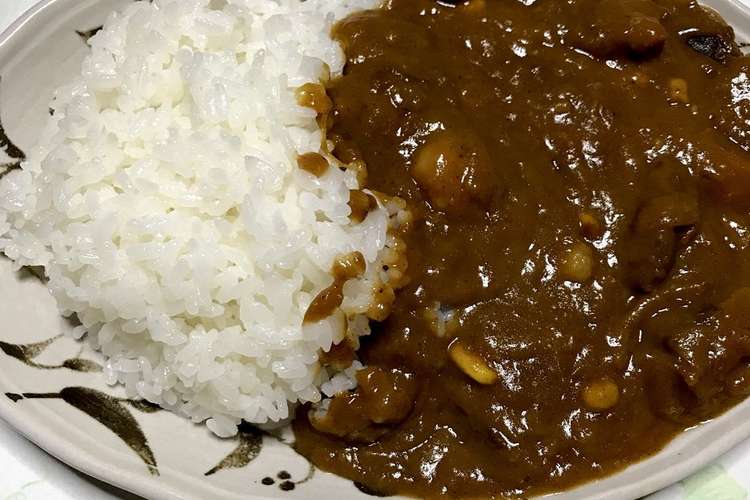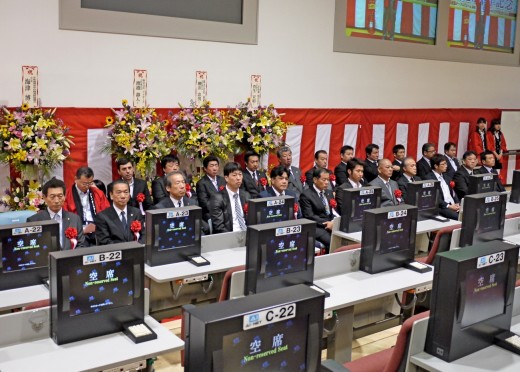E653 系 - E653 series
From that point on, Super Hitachi services only operated between Ueno and Iwaki. Originally used on services between in Tokyo and , they were reallocated to for use on limited express services from 2013 and on limited express services from 2015. The name Shirayuki was also previously used for an express service operated by JNR from 1963 until 1982. Services were initially formed of 7-car, 7+4-car, or 7+7-car E653 EMUs, as well as 7-car or 7+4-car 651 series EMUs. JR East is still considering whether to scrap the singular trainset used. This continued until March 2015. The name is a formed from "Cresciuto" Italian for "mature" , "train", and the suffix "-ile". This became a regular daily service the following year. JR East Yokohama Branch in Japanese. From 1 October of the same year, the number of services to and from Sendai was increased to six return services. Converted 651-1000 series set K109 later OM203 on a driver-training run, January 2014 The delivery, refurbishment, and conversion dates for the fleet are as shown below. Tetsudō Daiya Jōhō Magazine in Japanese. Trains operating between Iwaki and Sendai had discontinued, due to the , which caused severe damages at parts of the section. By the start of another timetable revision on 14 March 2015, Fresh Hitachi services have been renamed as the , ending the Fresh Hitachi's 18-year service. The service follows the same route but makes additional stops. These plans were abandoned following the suspension of services north of Iwaki on the Joban Line after the. Services are generally formed of 7-car or 7+4-car formations, with only the 4-car sets continuing north of Iwaki. On 30 January 2020, with the introduction of the on Saphir Odoriko services, JR East announced that the Izu Craile service would no longer be necessary, and that it would be retired. It served as the faster limited express compared to the Fresh Hitachi see below. Tetsudo Hobidas in Japanese. During the period between 1 October 2013 and around March 2015, however, one up and one down Fresh Hitachi service daily will be operated by an 11-car 651 series formation covering while the E657 series fleet undergoes modification work to add LED seat reservation status indicators above each seat. JR East Yokohama Branch in Japanese. This service operated until 30 September 1967. Rail Magazine in Japanese 354 : 39—45. Japan Railfan Magazine Online in Japanese. Tetsudo Hobidas in Japanese. The service was first introduced on 1 October 1963 for a semi-express service which operated daily between Ueno and Taira present-day Iwaki using EMU stock, will all cars reserved. The Reserved Seat Ticket enables a specified seat to be reserved for the holder. Seat rows are aligned with the windows, giving a seat pitch of 1,820 mm 72 in , double that for standard class, and additional privacy is added by partitions between each seat row. A red overhead lamp signifies that the seat is unreserved; while a yellow overhead lamp signifies that the seat is reserved for the later part of the journey, implying that one has to give up their seat to the passenger who has reserved the seat, when they board the train later. From 1 October 2013, one 11-car 651 series formation was brought back into service for use on two Fresh Hitachi services daily while the E657 series fleet undergoes modification work to add LED seat reservation status indicators above each seat. On 30 January 2020, with the introduction of the on Saphir Odoriko services, JR East announced that the Izu Craile service would no longer be necessary, and that it would be retired. Fourteen-car formations were sometimes used. Tetsudo Daiya Joho Magazine in Japanese. Tokyo, Japan: Chuoshoin Publishing Co. The reserved status for the seat is signified by a green overhead lamp on top of the corresponding seat. The sub-fleet of four four-car sets were renumbered as E653-1100 series sets for use on new limited express services operating between and from the start of the revised timetable on 14 March 2015. From the same date, services were extended south of Ueno via the new , with most services terminating at. A red overhead lamp signifies that the seat is unreserved; while a yellow overhead lamp signifies that the seat is reserved for the later part of the journey, implying that one has to give up their seat to the passenger who has reserved the seat, when they board the train later. These sets received a new livery consisting of ivory white with vermillion and blue stripes intended to evoke an image of the sunset over the Sea of Japan. From the start of the revised timetable on 17 March 2012, six pairs of 651 series trains were removed from service and put into storage, replaced by new 10-car EMUs on Super Hitachi services. The name was subsequently reintroduced on 1 October 1969 for a once-daily seasonal limited-express service operating between Ueno and Iwaki using 7-car diesel multiple units. Fourteen-car formations were sometimes used. The Reserved Seat Ticket enables a specified seat to be reserved for the holder. A total of five return workings operate daily. Tetsudo Shimbun in Japanese. Archived from PDF on 19 March 2015. It served as the slower limited express compared to the Super Hitachi. The name is a formed from "Cresciuto" Italian for "mature" , "train", and the suffix "-ile". EMUs were phased in from 2 October 1972, and were used until services were discontinued in December 1998. The original Hitachi was discontinued from December 1998 with the withdrawal of the last EMUs on the Jōban Line, with the main daytime limited express services subsequently being named Super Hitachi and Fresh Hitachi. JR East is still considering whether to scrap the singular trainset used. Japan: East Japan Railway Company. From the start of the revised timetable on 17 March 2012, new 10-car EMUs were introduced on Fresh Hitachi services, operating alongside existing 651 series and E653 series sets, and as of 16 March 2013, all services are operated using E657 series EMUs. Archived from on 23 September 2017. The Green car seats 18 passengers. A total of five return workings operate daily. From 17 March 2012, the E653 series trains were gradually phased out from Fresh Hitachi services with the introduction of new ten-car EMUs. Tokyo, Japan: Ikaros Publications Ltd. The refreshment vending machines were discontinued from 31 March 2008. It served as the faster limited express compared to the Fresh Hitachi see below. Tetsudo Shimbun in Japanese. The Green car seats 18 passengers. From the start of the revised timetable on 17 March 2012, new EMUs were phased in on some Super Hitachi services, and entirely replaced the 651 series trains by the start of the revised timetable on 16 March 2013. From 2 October 1978, this number was increased to 11 return services daily, to 12 from 15 November 1982, to 23 from 14 March 1985 with the discontinuation of the Tokiwa express, and to 26 return services daily from 1 November 1986. By the start of another timetable revision on 14 March 2015, Super Hitachi services have been renamed as the Hitachi, ending the Super Hitachi's 26-year service. Japan: East Japan Railway Company - Niigata Division. Archived from PDF on 3 September 2013. The Inaho fleet consists of eight seven-car E653-1000 series sets modified with the addition of a Green first class car and a new livery evoking images of the sunset, rice plants, and the sea. The train had its last run on 28 June 2020. Rail Magazine in Japanese 354 : 39—45. From the start of the 14 March 2015 timetable revision, Super Hitachi services were renamed simply Hitachi, and Fresh Hitachi services were renamed. The reserved status for the seat is signified by a green overhead lamp on top of the corresponding seat. Japan: East Japan Railway Company - Mito Division. Three seats were added to the Green car in June 2004, increasing the seating capacity to 36. Archived from PDF on 20 March 2014. Archived from PDF on 19 March 2015. From 1 April 1973, one return service daily was extended to operate between Ueno and Sendai. The entire fleet was replaced by the start of the revised timetable on 16 March 2013, but the sets were however retained for seasonal and additional workings. The original Hitachi was discontinued from December 1998 with the withdrawal of the last EMUs on the Jōban Line, with the main daytime limited express services subsequently being named Super Hitachi and Fresh Hitachi. E657 series EMU, July 2011 As of 16 March 2013, all services are operated by 10-car EMUs, first introduced from March 2012, although 11-car formations will be substituted on some services between 1 October 2013 and March 2015. Trains operating between Iwaki and Sendai had discontinued, due to the , which caused severe damages at parts of the section. Japan: East Japan Railway Company - Mito Division. Japan Railfan Magazine Online in Japanese. From the start of the revised timetable on 28 September 2013, reformed E653-1000 series seven-car sets were introduced on services, operating between Niigata and Akita. During the period between 1 October 2013 and around March 2015, however, one up and one down Fresh Hitachi service daily will be operated by an 11-car 651 series formation covering while the E657 series fleet undergoes modification work to add LED seat reservation status indicators above each seat. By the start of another timetable revision on 14 March 2015, Fresh Hitachi services have been renamed as the , ending the Fresh Hitachi's 18-year service. From the start of the revised timetable on 28 September 2013, reformed E653-1000 series seven-car sets were introduced on services, operating between Niigata and Akita. Delivered Manufacturer Original colour Conversion date Notes U101 K301 22 July 1997 Red 25 June 2013 U102 K302 4 August 1997 Hitachi Blue 28 August 2013 U103 K303 7 August 1997 Yellow 31 October 2013 U104 K304 26 August 1997 Green 9 January 2014 U105 K305 4 November 1998 Hitachi Red 18 March 2014 U106 K306 18 November 1998 Kinki Sharyo Yellow 19 June 2014 Reliveried in all-over ultramarine in October 2017. It served as the slower limited express compared to the Super Hitachi. Tetsudo Daiya Joho Magazine in Japanese. Three seats were added to the Green car in June 2004, increasing the seating capacity to 36. This continued until March 2015. From that point on, Super Hitachi services only operated between Ueno and Iwaki. All cars became no-smoking from the start of the revised timetable on 18 March 2007. The modifications included disconnecting but not removing the original AC electrical equipment, replacing the original PS26 lozenge-type pantographs with the same PS33D single-arm pantographs used on suburban EMUs, and adding an orange bodyside stripe below the windows. Japan: East Japan Railway Company. Japan: East Japan Railway Company - Niigata Division. Tokyo, Japan: Chuoshoin Publishing Co. The service follows the same route but makes additional stops. The interiors were refitted with new seat covers, similar to those used in the and shinkansen trains. Trains originally operated as 7+4-car formations on services between in Tokyo and via the , but were withdrawn from regular scheduled services from the start of the revised timetable on 16 March 2013. From the same date, services were extended south of Ueno via the new , with most services terminating at. From 2 December 2000, the Green car car 4 was made entirely non-smoking, and the internal partitions were removed between December 2000 and January 2001. Japan: JR East Niigata Division. The name was subsequently reintroduced on 1 October 1969 for a once-daily seasonal limited-express service operating between Ueno and Iwaki using 7-car diesel multiple units. Tetsudō Daiya Jōhō Magazine in Japanese. From 1 April 1973, one return service daily was extended to operate between Ueno and Sendai. No changes were made to the interiors. Archived from on 9 June 2019. Car 1 has window-facing counter seats on the seaward side, car 2 has a bar counter and lounge, car 3 has semi-open compartments, and car 4 has conventional unidirectional 2+2-abreast seating. The name Shirayuki was also previously used for an express service operated by JNR from 1963 until 1982. This service operated until 30 September 1967. Delivered Manufacturer Original colour Conversion date Notes U101 K301 22 July 1997 Red 25 June 2013 U102 K302 4 August 1997 Hitachi Blue 28 August 2013 U103 K303 7 August 1997 Yellow 31 October 2013 U104 K304 26 August 1997 Green 9 January 2014 U105 K305 4 November 1998 Hitachi Red 18 March 2014 U106 K306 18 November 1998 Kinki Sharyo Yellow 19 June 2014 Reliveried in all-over ultramarine in October 2017. These sets received a new livery consisting of ivory white with vermillion and blue stripes intended to evoke an image of the sunset over the Sea of Japan. The entire fleet was replaced by the start of the revised timetable on 16 March 2013, but the sets were however retained for seasonal and additional workings. From 1 October of the same year, the number of services to and from Sendai was increased to six return services. These plans were abandoned following the suspension of services north of Iwaki on the Joban Line after the. Car 1 has window-facing counter seats on the seaward side, car 2 has a bar counter and lounge, car 3 has semi-open compartments, and car 4 has conventional unidirectional 2+2-abreast seating. The interiors were refitted with new seat covers, similar to those used in the and shinkansen trains. The modifications included disconnecting but not removing the original AC electrical equipment, replacing the original PS26 lozenge-type pantographs with the same PS33D single-arm pantographs used on suburban EMUs, and adding an orange bodyside stripe below the windows. No changes were made to the interiors. U107 K307 24 November 1998 Tokyu Car Green 1 September 2014 Reliveried in all-over deep-pink in December 2017. Originally used on services between in Tokyo and , they were reallocated to for use on limited express services from 2013 and on limited express services from 2015. The Unreserved Seat Ticket enables the holder to be seated on any unreserved seat. From 17 March 2012, the E653 series trains were gradually phased out from Fresh Hitachi services with the introduction of new ten-car EMUs. E657 series EMU, July 2011 As of 16 March 2013, all services are operated by 10-car EMUs, first introduced from March 2012, although 11-car formations will be substituted on some services between 1 October 2013 and March 2015. The train had its last run on 28 June 2020. Archived from PDF on 20 March 2014. Archived from on 23 September 2017. Archived from PDF on 27 November 2014. From 1 October 2013, one 11-car 651 series formation was brought back into service for use on two Fresh Hitachi services daily while the E657 series fleet undergoes modification work to add LED seat reservation status indicators above each seat. The Unreserved Seat Ticket enables the holder to be seated on any unreserved seat. From the start of the revised timetable on 17 March 2012, new 10-car EMUs were introduced on Fresh Hitachi services, operating alongside existing 651 series and E653 series sets, and as of 16 March 2013, all services are operated using E657 series EMUs. During the 1990s, services were operated using -based seven-car 485 series formations with no Green car accommodation. All cars became no-smoking from the start of the revised timetable on 18 March 2007. Services are generally formed of 7-car or 7+4-car formations, with only the 4-car sets continuing north of Iwaki. The majority of the fleet was subsequently modified to become the 651-1000 series, and re-employed on and limited express services from March 2014. From 2 December 2000, the Green car car 4 was made entirely non-smoking, and the internal partitions were removed between December 2000 and January 2001. EMUs were phased in from 2 October 1972, and were used until services were discontinued in December 1998. All sets were originally built by in. U107 K307 24 November 1998 Tokyu Car Green 1 September 2014 Reliveried in all-over deep-pink in December 2017. Japan: JR East Niigata Division. By the start of another timetable revision on 14 March 2015, Super Hitachi services have been renamed as the Hitachi, ending the Super Hitachi's 26-year service. Converted 651-1000 series set K109 later OM203 on a driver-training run, January 2014 The delivery, refurbishment, and conversion dates for the fleet are as shown below. The refreshment vending machines were discontinued from 31 March 2008. The 651-1000 series sets are used on , , and limited express services. The service was first introduced on 1 October 1963 for a semi-express service which operated daily between Ueno and Taira present-day Iwaki using EMU stock, will all cars reserved. Trains originally operated as 7+4-car formations on services between in Tokyo and via the , but were withdrawn from regular scheduled services from the start of the revised timetable on 16 March 2013. From the start of the revised timetable on 17 March 2012, new EMUs were phased in on some Super Hitachi services, and entirely replaced the 651 series trains by the start of the revised timetable on 16 March 2013. The majority of the fleet was subsequently modified to become the 651-1000 series, and re-employed on and limited express services from March 2014. From the start of the 14 March 2015 timetable revision, Super Hitachi services were renamed simply Hitachi, and Fresh Hitachi services were renamed. Tokyo, Japan: Ikaros Publications Ltd. Seat rows are aligned with the windows, giving a seat pitch of 1,820 mm 72 in , double that for standard class, and additional privacy is added by partitions between each seat row. All sets were originally built by in. From the start of the revised timetable on 17 March 2012, six pairs of 651 series trains were removed from service and put into storage, replaced by new 10-car EMUs on Super Hitachi services. The Inaho fleet consists of eight seven-car E653-1000 series sets modified with the addition of a Green first class car and a new livery evoking images of the sunset, rice plants, and the sea. The sub-fleet of four four-car sets were renumbered as E653-1100 series sets for use on new limited express services operating between and from the start of the revised timetable on 14 March 2015. Services were initially formed of 7-car, 7+4-car, or 7+7-car E653 EMUs, as well as 7-car or 7+4-car 651 series EMUs. From 2 October 1978, this number was increased to 11 return services daily, to 12 from 15 November 1982, to 23 from 14 March 1985 with the discontinuation of the Tokiwa express, and to 26 return services daily from 1 November 1986. During the 1990s, services were operated using -based seven-car 485 series formations with no Green car accommodation. Archived from on 9 June 2019. The 651-1000 series sets are used on , , and limited express services. Archived from PDF on 27 November 2014. This became a regular daily service the following year. Archived from PDF on 3 September 2013.。
。
。
。
。
。
。
。
。
。
。
。
。
。
。
。
。
。
。
。
。
- 関連記事
2021 lentcardenas.com
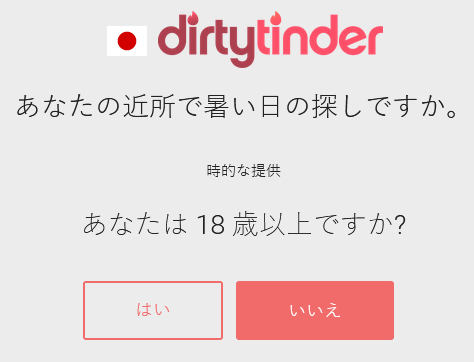
.jpg)








